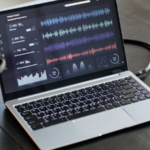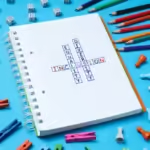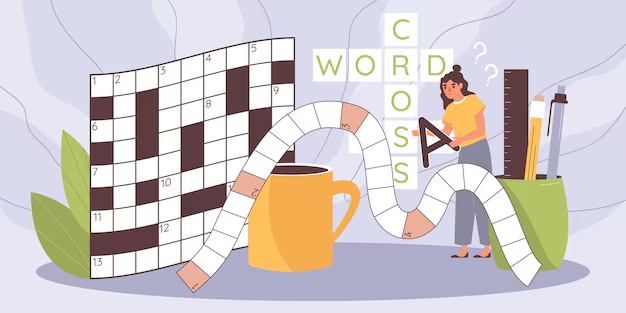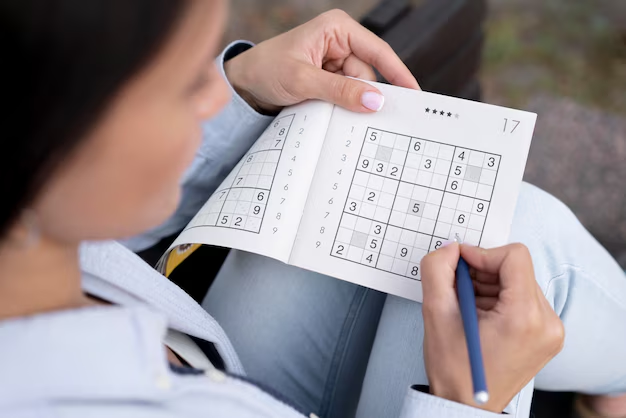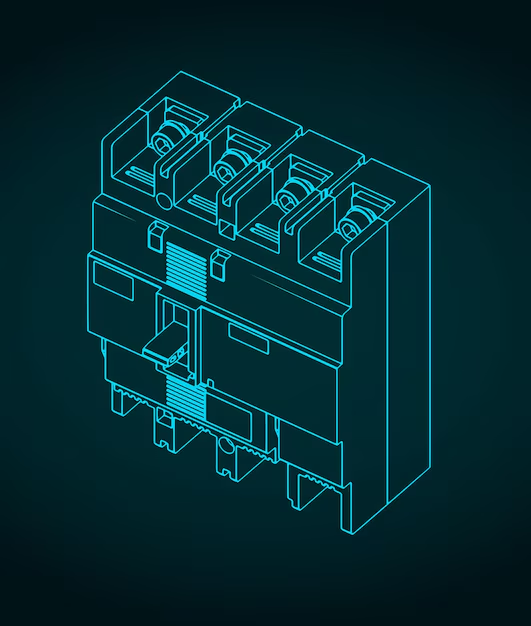I. Introduction: Understanding Nonverbal Agreement in Crosswords
Crossword puzzles have long been a popular pastime for puzzle enthusiasts, with The New York Times (NYT) crossword being one of the most iconic. These puzzles challenge solvers not only with their wordplay but also with their ability to decipher complex clues. While many clues rely on definitions, synonyms, or word associations, some subtle clues tap into nonverbal communication. In the 2025 NYT crossword, nonverbal agreement is becoming a fascinating theme—requiring solvers to understand clues that suggest actions, body language, or silent signals. This article explores how nonverbal cues can appear in crosswords and how solvers can decode them.
II. The Role of Nonverbal Communication in Crossword Clues
Crossword clues aren’t always straightforward; they often incorporate nuanced cultural references and silent gestures to convey meaning. Nonverbal agreement, such as gestures or body language, can sometimes be key to solving a clue. These subtle, non-verbal cues are not directly stated but are often inferred from the context. For example, a crossword clue might reference “a gesture of approval” or “an action signaling agreement,” leading the solver to recognize a specific word, like “nod,” “smile,” or “handshake.” Solvers need to pay close attention to how a clue might be referring to nonverbal communication, a skill that’s becoming more prevalent in modern puzzle construction.
- Crossword puzzles and cultural references: Many crossword clues integrate cultural symbols or gestures—like a thumbs-up or a raised eyebrow—that point to nonverbal communication.
- Examples of nonverbal agreement in puzzles: In the 2025 NYT crossword, clues might directly refer to physical actions, like “gesture of approval,” which could be solved with a simple word like “nod” or “wink.” These clues tap into commonly understood nonverbal signals.
III. Solving Nonverbal Agreement Clues in the NYT Crossword
To successfully solve clues that refer to nonverbal agreement, crossword solvers must have an understanding of how these silent signals function in language. It’s not just about the words on the page; it’s about recognizing actions that carry agreement or approval without needing words to express them. This requires solvers to connect the context of the clue with the nonverbal signals they’ve encountered in real life.
- Decoding body language-based clues: Body language is often used in clues to indicate agreement or understanding. For example, a clue like “silent approval gesture” might require you to think of physical gestures such as a “thumbs-up” or a “wink.” Understanding these body language signals can make solving these clues easier.
- Strategy for interpreting nonverbal agreement: The trick to solving nonverbal communication clues is context. You should look at the overall crossword grid and see how clues are structured. If one clue points to something involving physical gestures or signals, it’s a good chance that nonverbal agreement is involved, whether it’s something as simple as a nod or as complex as body posture in a group setting.
IV. Nonverbal Agreement and its Impact on Crossword Puzzles in 2025
As we enter 2025, the integration of nonverbal communication into crossword puzzles has become more prominent. Social and cultural trends, especially in the digital age, have shifted how we perceive and use body language. Nonverbal agreement now plays a larger role in crossword clue design. With more emphasis on physical and silent cues, puzzles challenge solvers to decode not just word meanings but actions that signal approval, agreement, or consensus. As nonverbal cues become increasingly integral to crossword construction, solvers need to adapt to these changes and expand their mental toolkit.
- Cultural relevance of silent cues: Silent signals like a smile, nod, or hand gesture are becoming more significant in everyday life, and crossword puzzle creators are tapping into this. Cultural trends, such as the increasing prevalence of emoji use or the rise of silent social media signals, have influenced puzzle makers to incorporate more nonverbal elements into their clues.
- Nonverbal agreement in 2025 crosswords: Puzzles in 2025 may involve clues that describe actions we instinctively recognize, such as “gesture indicating consent” or “silent signal of approval.” Solvers will need to be familiar with these modern social cues to stay ahead in solving these types of clues.
V. Crossword Puzzle Solving Tips for Nonverbal Agreement Clues
Solving nonverbal agreement clues can be tricky, but with a few tips, you can improve your approach. First, understanding that nonverbal communication is an art form that often relies on context will serve you well. Second, being aware of common gestures or silent actions—such as a thumbs-up, a wave, or an eye-roll—will help you quickly recognize the solution when it appears.
- Pay attention to context: Many crossword clues that deal with nonverbal agreement will have surrounding clues that provide additional context. If you’re stuck, look at the intersecting words for hints—nonverbal communication clues are often tied to cultural actions or symbols that you’ll recognize once you understand the context.
- Practice interpreting subtle clues: The more familiar you are with physical and nonverbal cues, the better equipped you’ll be to solve these kinds of crossword clues. Pay attention to body language in your everyday life or how people interact in different environments—this will help you pick up on the subtle clues in your crossword puzzle that suggest agreement, understanding, or approval.
VI. Conclusion: The Future of Nonverbal Agreement in Crosswords
In conclusion, nonverbal agreement is becoming a central theme in crossword puzzles, particularly in the 2025 New York Times crossword. As society’s understanding and use of body language and silent communication evolves, so does the way these elements are incorporated into crossword clues. The future of crossword puzzles lies in the ability to decode not just words but the body language and gestures we use to communicate silently. By practicing interpreting nonverbal agreement cues, crossword solvers can continue to sharpen their skills and stay engaged with the dynamic puzzle landscape.
- The growing presence of nonverbal agreement in crossword puzzles: Expect to see more nonverbal clues as part of the puzzle-solving experience in the years ahead. These clues reflect the growing importance of silent signals in our daily lives.
- Encouraging puzzle solvers to stay mindful of evolving trends: Puzzle enthusiasts should embrace the evolving nature of crossword clues, especially as they begin to incorporate more silent and nonverbal communication elements. Solving these types of clues adds an exciting challenge to the crossword experience.

